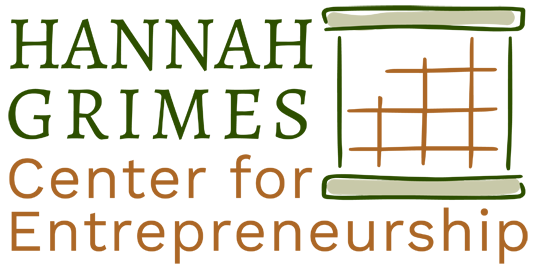Neil Young famously said that it is “better to burn out than fade away,” which has begun to worry me lately, because most of us – and this sounds very un-rock and roll – can’t afford to burn out. I just returned from visiting a group of long-time friends, and when the conversation turned to work, it wasn’t pretty. All were feeling overwhelmed, some looked very tired, and everyone at some point during the weekend spent time on a conference call, email, or “checking in.” It is worth pointing out that this was a collection of diverse occupations, from medicine to government, corporate, small business, and entrepreneurs. It is also worth pointing out that these feelings were irrespective of each person’s love for their work; that is, those who love what they do feel the same pressures as those who don’t.
These sentiments were not expressed in isolation; rather, these feelings are anecdotes among a broader body of research that details the toll of near round-the-clock connectivity, in part “thanks” to technology. While technology and connectedness have given us so much in the way of productivity, they have also enabled the worst of our compulsive natures, and upped the ante on response times, responsiveness, and availability. We at times even feel it necessary to explain ourselves for taking time to recharge.
If we view the twentieth century in business as one in which we learned of the natural environment’s limits to growth, then the talent-driven twenty-first century must be the one where we force a serious conversation about how to keep our human resources vibrant and resilient in the face of so much self-driven opportunity, juxtaposed with distraction, fragmentation, and competition for our attention. This conversation is necessary because I am not convinced that being connected 24/7 is sustainable over the lifespan of a typical career, some 40 years, if one is to also succeed in finding and sustaining one’s whole self among the relationships, creative pursuits, and natural beauty of the world we are fortunate to live in. And lest these last pursuits sound too qualitative for you, keep in mind that many of our brightest innovations are inspired by the geometry, creative thinking, and near-divine inspiration manifested in the brush stroke, the newly built deck, or a conversation with a long-time friend.
The upshot of the above is that I predict a massive shift in the strategic advantage of business: From what we could call extraction of human capital, to the sustainability of human capital. The business owner or worker who can strike this balance will find that their advantage lies in the ability to dive in completely when it makes sense, and pull back completely when it doesn’t. In other words, your competitive advantage will be how you hold your own well-being in balance with the uncompromising drive that makes a successful entrepreneur (or, if you work for an organization, a successful career). Current efforts to address this are clumsy; deliberately going “off the grid” feels too extreme (and results in “punishment” when one returns because of missed emails, meetings, etc.), and limping along never unplugging makes people tired, cranky, out of balance, and worse, the dreaded syndrome that a colleague once articulated to me as (paraphrasing) “doing a lot and none of it well.” Wellness programs are a great start, but I have too many colleagues whose organizations give lip service to wellness, but it is unwritten that time out for wellness comes with a price (see “punishment” above).
I personally choose to spot opportunity within this potentially disheartening narrative. While we have learned coping mechanisms, I feel that we once again have a technology problem, but not in the traditional development sense. Rather, we just haven’t learned how to use it effectively yet. We are still clumsy in that we use technology well, but we aren’t proactively in control of all that it has to offer us. For example, at times we blindly adopt, while disregarding that the adoption can result in additional work, just in a new format.
We also aren’t all at a point where we feel comfortable seamlessly shifting between the physical and virtual work environments, in part because many of us are still embedded in an organizational culture that rewards a time-clock mentality.
Perhaps most importantly, we haven’t learned to draw personal and organizational boundaries around our time such that we can confidently assure our stakeholders that we have completed a day’s worth of work, and that tomorrow is a new day. Technology opens the possibility that the day can conceivably go on indefinitely, and we haven’t yet considered what technology can contribute to helping us “stop.” Currently, this skill is solely a human one, but we have no school to teach us this skill in a digital age.
I don’t have the answer to some of the questions I have posed – I merely raise them because I’m concerned about where a culture solely focused on the value of work is headed; we risk “subsuming ourselves” in the process. “Burning out” OR “fading away” is thus a false choice – two sides of a pendulum swing; the goal is a holistic version of success, which I suspect is right down the middle.
